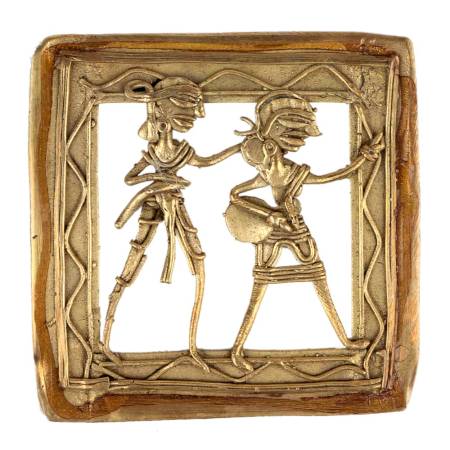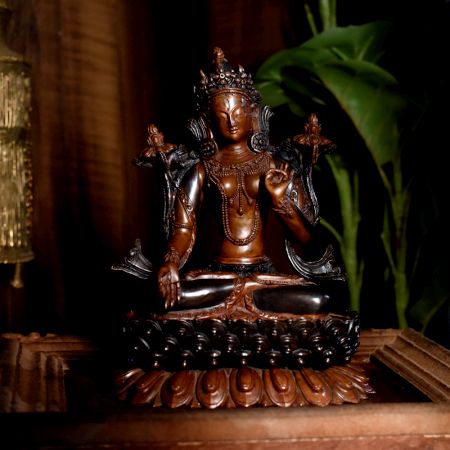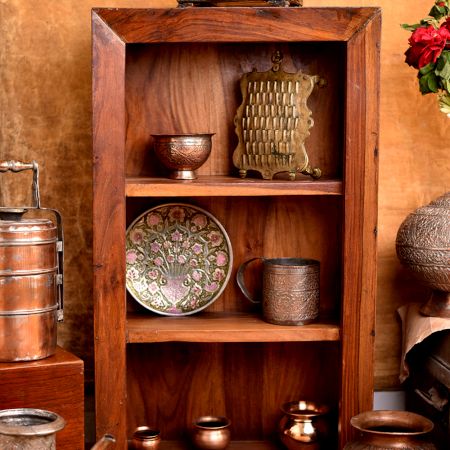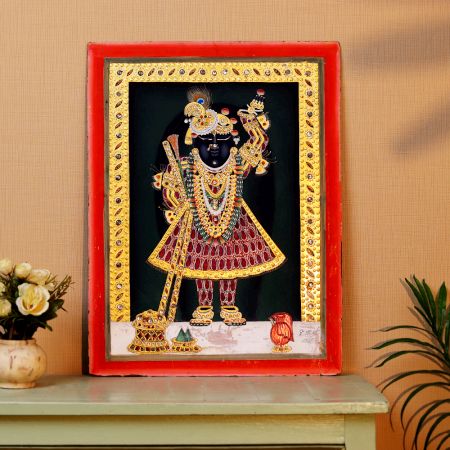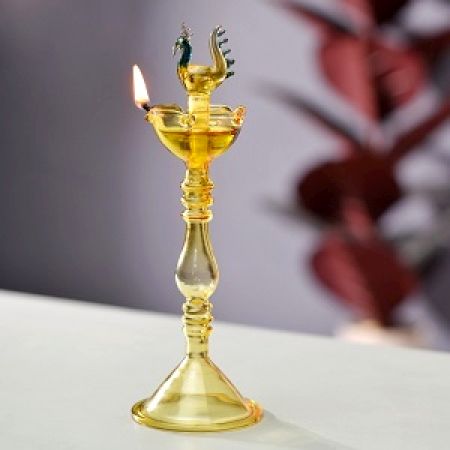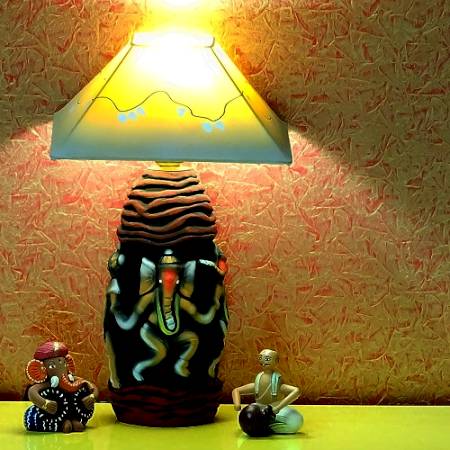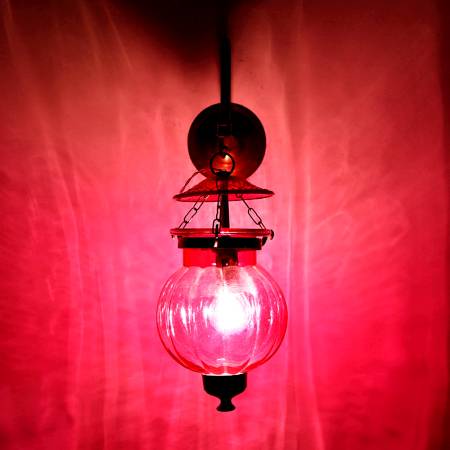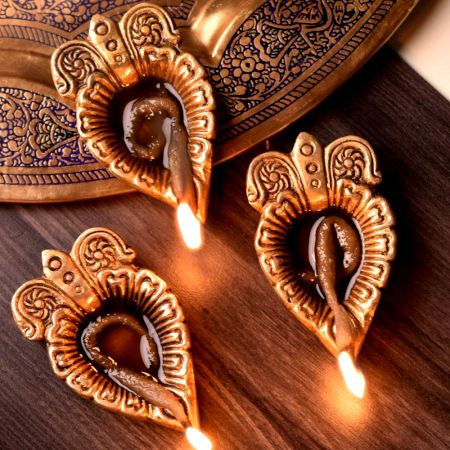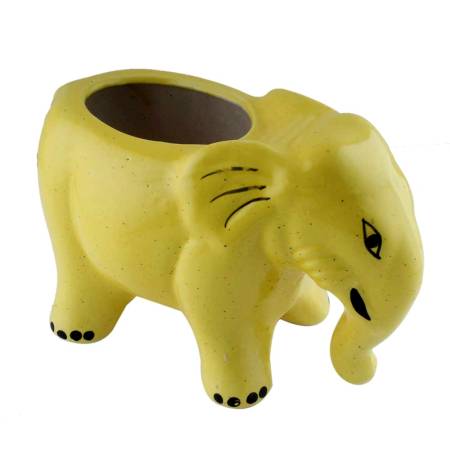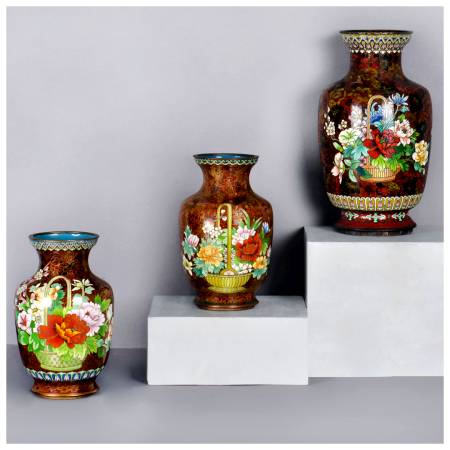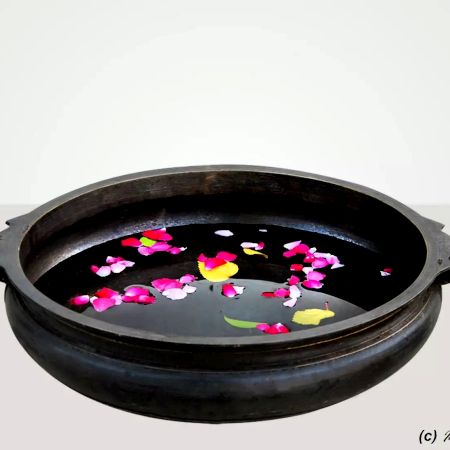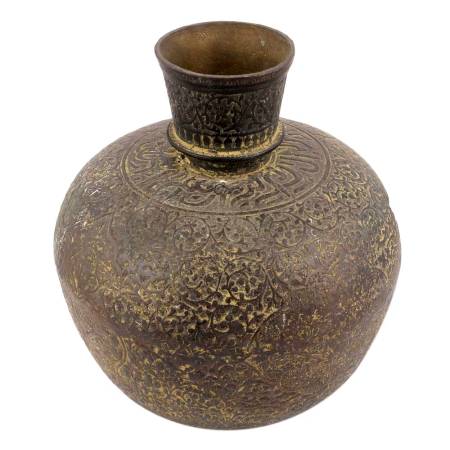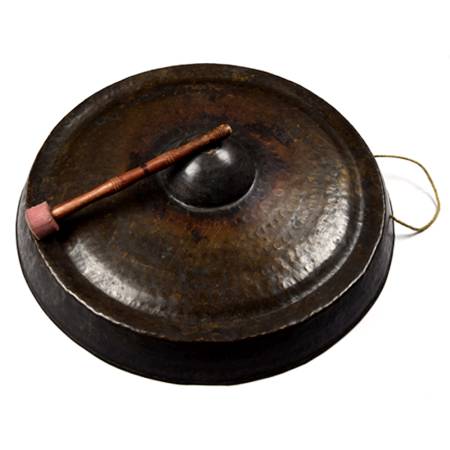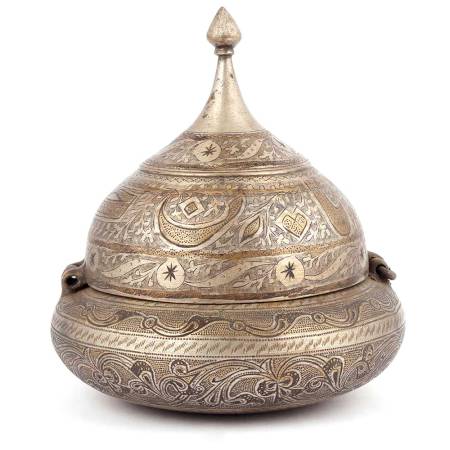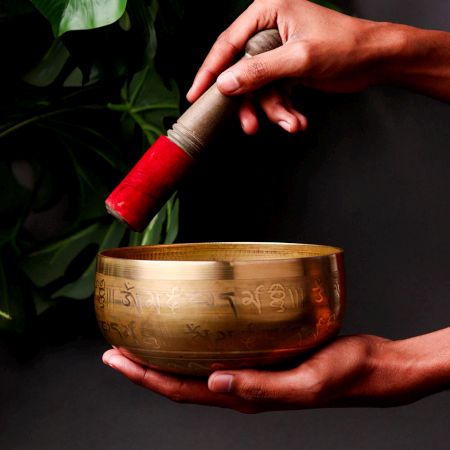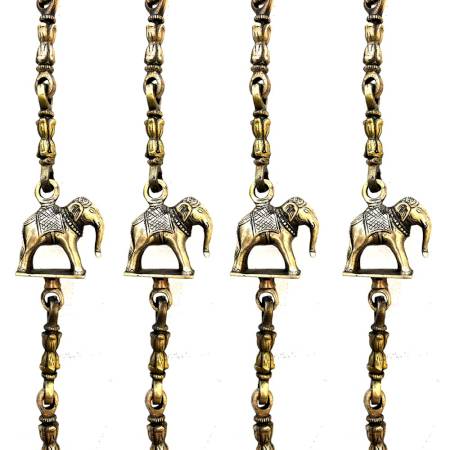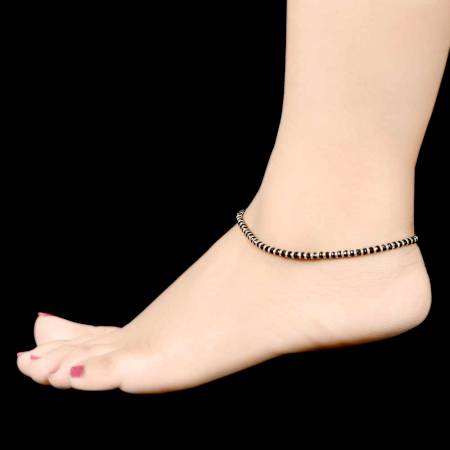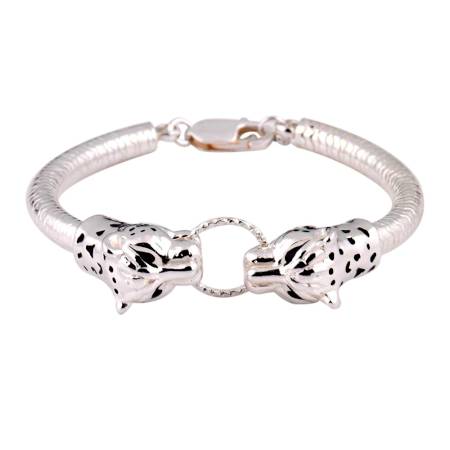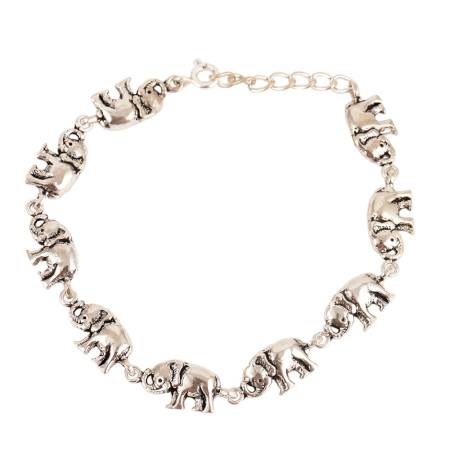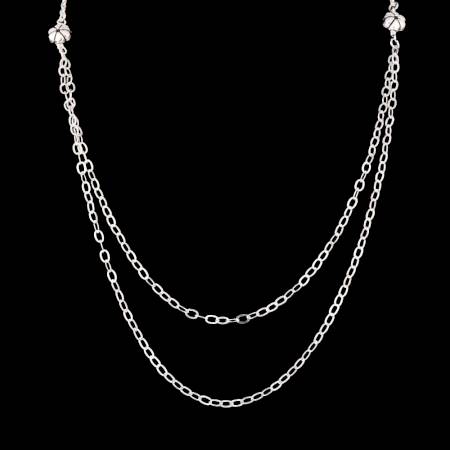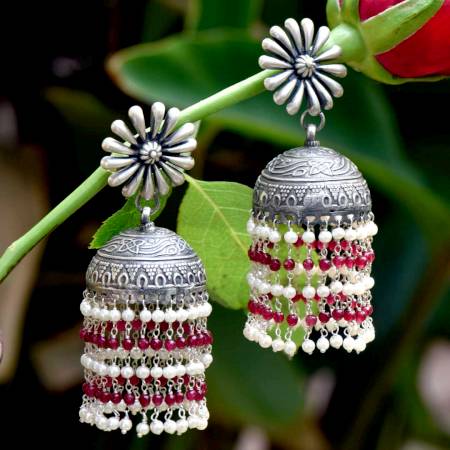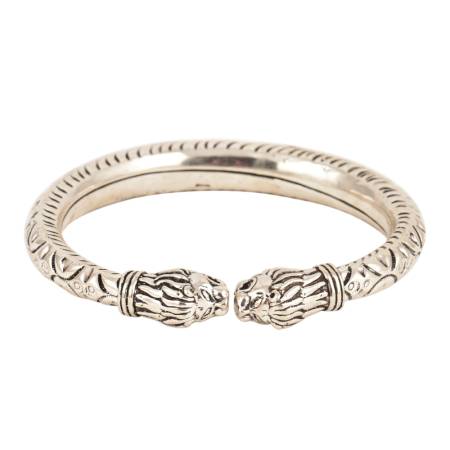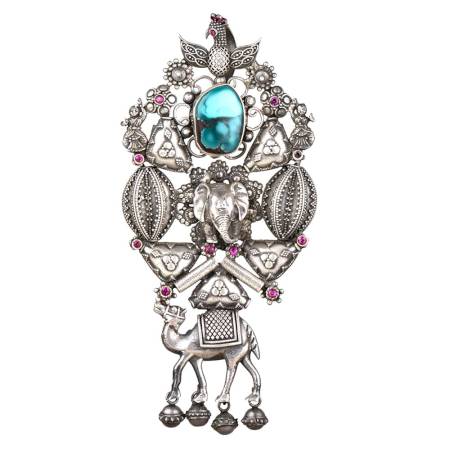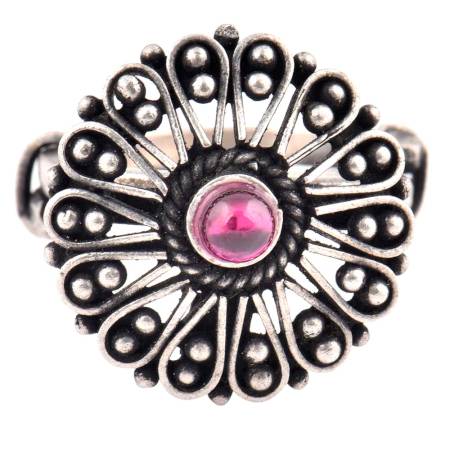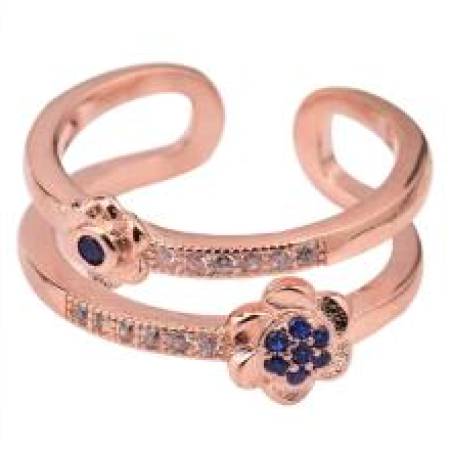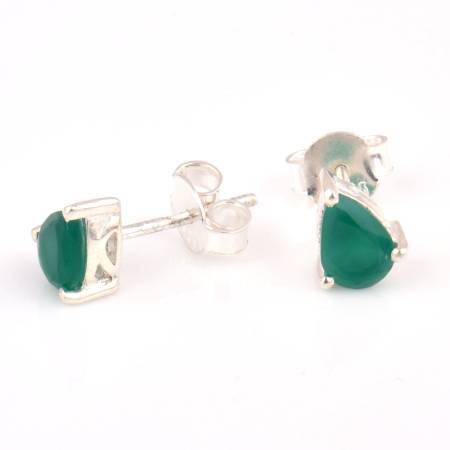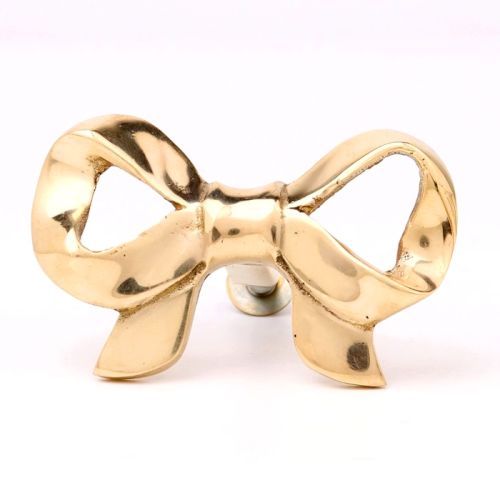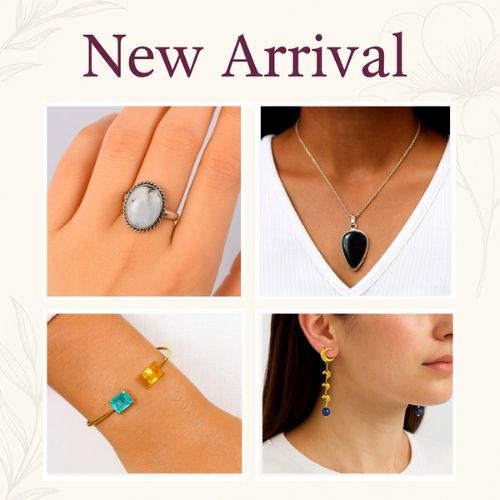General Understanding of Meditation Bowls
Meditation bowls carry a timeless presence. Their sound is more than vibration, it is a doorway to silence, to a still rhythm beneath restless thought. Shaped by hand, polished through generations, they travel from Himalayan monasteries to modern homes, carrying the same purpose, centering the wandering mind. When struck or played with a mallet, the tone expands outward like ripples in water, touching air, body, and space. They belong equally to ritual and daily practice, a union of sound and spirit. In their resonance lies both history and renewal, a sound that does not end but transforms.
What Is A Meditation Bowl?
A meditation bowl is more than an object, it is a vessel of vibration. Traditionally made of bronze or crystal, its sound emerges through touch, whether struck or circled by a mallet. The resulting tone carries layers of harmonics, heard and felt simultaneously. In Buddhist monasteries, bowls have long marked beginnings and endings of prayers, but in homes today they serve as anchors for mindfulness, yoga, and energy work. Their use is universal yet deeply personal, each sound is slightly different, shaped by size, metal, and the hand that plays it. What defines it is not just craft, but intention.
What Emotions Or States Do Meditation Bowls Commonly Evoke?
The sound of a bowl can dissolve inner noise. Its low hum draws the body into stillness, while higher tones spark clarity and lightness. People often describe feelings of compassion rising within, or a grounding sense of safety that allows deeper meditation. In healing circles, the vibrations are said to release blocked emotions, clearing paths for forgiveness or acceptance. A single sustained note can carry a listener from restlessness into calm awareness. More than emotion, the bowl awakens states, peace, presence, surrender. Each session feels like stepping into a temple without walls, where silence becomes not absence but presence.
What Are The Most Recognized Styles Of Meditation Bowls?
Tibetan bowls, crystal bowls, and chakra tuned bowls form the most recognized families. Tibetan bowls, hammered by hand from metal alloys, carry earthy, grounding tones, long used in Himalayan rituals. Crystal bowls, made from quartz, produce clear, high frequency sounds that align with chakra energy centers. Chakra tuned bowls are crafted to resonate with specific notes, each linked to energy points in the body. Together, these styles reveal the bowl’s adaptability, ritual, therapy, or home meditation. Each form holds a distinct presence, but all share the same essence, sound as bridge between body and spirit, vibration as path toward inner alignment.
Why Are Meditation Bowls Revered In The Contemporary Spiritual World?
In a fast world, meditation bowls slow time. They are revered because they connect the contemporary seeker to ancient rhythm. Beyond religion, they meet universal needs, calm, focus, and energy balance. In yoga studios, their tones prepare breath, in healing practices, they realign body energy, in homes, they set a spiritual tone for everyday life. Their relevance endures because they are not bound to culture alone, they speak in frequency, and frequency is universal. As science explores sound therapy, bowls find new ground. Yet their essence remains the same, vibration as medicine, tone as prayer, sound as silence embodied.
Craft, Materials & Sound Techniques of Meditation Bowls
Behind the sound of every meditation bowl lies a story of hands, fire, and ritual. Crafted from hammered metals or shaped from molten quartz, they emerge not as mere objects but as instruments of intention. Their making was once an act of devotion, often blessed during creation, believed to infuse spiritual energy into the bowl. Even today, the craft remains inseparable from the sacred. The hammer marks are not flaws but signatures of breath and rhythm. The sound that arises is not accidental, it is the result of material, shape, and touch woven into one enduring vibration.
How Are Meditation Bowls Traditionally Created?
Traditionally, meditation bowls were hand forged by artisans across Himalayan regions. A blend of metals, copper, tin, silver, sometimes even traces of gold, was melted and hammered into shape. The rhythmic striking of metal was often done in chants, as if sound was infused even before the bowl sang its first note. Crystal bowls followed later, cast from purified quartz and sometimes tuned to specific notes. Both traditions treated the process as sacred work, not simply craft. The making of the bowl was itself a form of meditation, ensuring that the vessel carried purity, vibration, and the quiet breath of its maker.
What Materials Are Commonly Used?
Bronze remains the heart of most bowls, its density producing warm, sustained resonance. Copper adds brightness, brass offers balance, while silver and gold infuse symbolic energy of purity and divinity. In modern times, quartz crystal bowls have gained prominence. Their sound is clearer, sharper, often associated with chakra healing and energy alignment. Each material alters both tone and symbolism, metal bowls ground the listener, crystal bowls elevate consciousness. The choice of material reflects intention, earthly grounding, spiritual elevation, or harmonious blend. What matters is not only sound quality but the spiritual resonance carried by the element itself.
What Role Do Shape And Metal Composition Play?
Shape governs resonance, just as a temple’s dome guides sound. A wide, deep bowl produces low, grounding vibrations, while smaller, narrower bowls create high, sharp tones. The curve of the rim, the thickness of the metal, even the hammering pattern, all alter the song it sings. Metal composition adds another layer, copper rich bowls bring warmth, while brass heavy blends yield balanced tones. A seven metal mix, often linked to planets, was said to harmonize cosmic energy. Shape and alloy together decide not just the sound, but the spiritual quality of the vibration, a design both functional and symbolic in its intent.
Spiritual Intent and Sonic Storytelling of Meditation Bowls
Meditation bowls are not simply objects of sound, they are vessels of intention. Their resonance carries more than audible tones, it transmits stories, symbols, and states of being. Across cultures, bowls have been used to cleanse spaces, to guide rituals, and to bridge the human spirit with the unseen. Their vibrations do not stay bound to the air, they move through body and thought, shifting perception and energy. Each note tells a story, sometimes of release, sometimes of awakening. In this way, the bowl becomes more than an instrument, it is a storyteller of silence and presence.
What Purpose Do Meditation Bowls Serve?
The primary purpose of meditation bowls is to guide inner journeys. Their sound invites the mind into stillness, releasing the weight of restless thought. In temples, bowls mark sacred beginnings, in healing practices, they dissolve stagnant energy, in meditation, they anchor attention to vibration. Some use bowls for chakra alignment, others for clearing spaces of heavy emotions. The sound is both grounding and uplifting, creating balance between body and spirit. A bowl does not impose meaning, it opens a pathway. Through its tone, practitioners find clarity, renewal, and deeper awareness of the present moment.
How Do Bowls Express Spiritual Or Cultural Symbols?
Meditation bowls often carry symbols engraved into their metal or crystal surface. Mantras inscribed along the rim, depictions of deities, or sacred geometric patterns deepen their spiritual resonance. In Tibetan tradition, a bowl might hold the symbol of Om, representing the cosmic sound of creation. In other cultures, lotus motifs or chakra diagrams appear, guiding the user toward specific states of alignment. These symbols are not decoration, they are carriers of meaning, silently reinforcing the intent of practice. Each strike of the bowl activates not just sound, but the symbolic energy inscribed into its form.
How Do Sound, Vibration, And Frequency Influence The Mind?
Sound works on the mind through vibration, not merely through hearing. The low tones of larger bowls move through the body, calming nerves and slowing breath. Higher frequencies lift awareness, creating alertness and clarity. When harmonics blend, they form a soundscape that mirrors balance itself. In spiritual practice, this interplay is seen as energy alignment, where frequencies resonate with inner states or chakra centers. Science also affirms this effect, linking sound to brainwave states of relaxation and meditation. A bowl, therefore, is both ancient wisdom and modern therapy, shaping inner experience through vibration and resonance.
Purchase, Collection & Spiritual Investment of Meditation Bowls
Owning a meditation bowl is not only about possession, it is about relationship. Each bowl carries a distinct voice, and choosing one is less like buying and more like listening. In markets across Nepal or India, seekers often test bowls by sound, waiting for resonance that feels personal. Collectors may treasure bowls for their age, craftsmanship, or symbolic detail, while practitioners hold them for daily use in healing or meditation. Beyond material worth, the bowl represents a spiritual companion. Its value grows not by rarity alone, but by the intimacy of the connection it creates with its keeper.
Where Can You Buy Authentic Or Reproduction Meditation Bowls?
Authentic meditation bowls are often found in Himalayan regions, especially Nepal, India, and Tibet, where traditional artisans still craft them. Many spiritual shops and online platforms also sell bowls, though authenticity varies widely. Crystal bowls are commonly available in metaphysical stores or through specialized sound healing suppliers. Reproduction bowls can serve for practice, but lack the depth of handmade pieces. When searching, trust matters. Seek vendors who provide details about material, origin, and craftsmanship. The best approach is to play or hear the bowl before purchase, ensuring its tone resonates with your inner state and intention.
How Can You Verify The Authenticity Of A Meditation Bowl?
Authenticity reveals itself in craft and sound. Hand hammered bowls often show subtle irregularities, marks of human touch that machines cannot replicate. The tone of an authentic bowl carries layered harmonics, deep and sustained, unlike the flat sound of factory reproductions. Older bowls may display a patina or fine wear, evidence of use in rituals or meditation over time. Engravings and symbols can also indicate tradition, though some modern bowls carry added designs without spiritual roots. The truest test remains the sound. Authentic bowls produce resonance that lingers, vibrating not only in the ear, but within the body.
What Makes A Meditation Bowl A Worthwhile Investment?
The worth of a meditation bowl lies in both spiritual and practical value. For collectors, an antique or well crafted bowl can grow in financial worth. For practitioners, investment means daily access to healing vibration and deeper meditation. A single authentic bowl can last a lifetime, serving as both sacred tool and heirloom. Crystal bowls tuned to chakras also hold value for energy healers, who rely on precise frequencies in their practice. Unlike objects that fade with time, a meditation bowl grows richer with use, its tones deepening as it becomes attuned to the one who plays it.
Care, Preservation & Sacred Handling of Meditation Bowls
Meditation bowls are not mere objects but vessels of vibration, sound, and intention. Their care extends beyond surface cleaning—it is an act of reverence. A bowl kept clean, dry, and covered retains purity in both tone and energy. Sacred handling requires mindfulness, almost like holding a prayer. When touched with respect, the bowl resonates longer, deeper, more luminous. Just as shrines gather strength through ritual care, so too do these bowls gather clarity when preserved with devotion. Their longevity depends not just on polish but on the hands that honor them.
How Do You Properly Care For A Meditation Bowl?
A meditation bowl requires simple but mindful care. Always wipe it gently with a soft, dry cloth after use. Avoid leaving it in damp corners, as moisture dulls its resonance and creates small corrosions over time. Treat it as you would an heirloom, kept in a space free from casual handling. Dust gathers not only on the metal but on its sound, muting its vibrancy. A silk or cotton cover helps protect it. Beyond the physical, intention matters. Approach the bowl with stillness before and after each use. This ritual maintains its sonic clarity and spiritual aura, allowing it to serve as a sacred anchor in meditation practice.
What Accessories Best Complement The Bowl?
The right accessories extend both sound and sanctity. Wooden mallets are essential, their grain carrying resonance that no synthetic tool can replicate. Cushions, often circular and padded, serve two purposes: preventing scratches and stabilizing vibrations. Silk cloths, used for covering, are not only protective but symbolic, shielding the spiritual essence from unnecessary external energies. Together, these accessories act as companions, ensuring the bowl remains pure in tone and form. In Himalayan homes, bowls are often placed on hand stitched cushions, a gesture of grounding both object and sound. When paired thoughtfully, these elements safeguard the bowl’s voice while enhancing its meditative power.
Can Old Bowls Be Restored Without Losing Their Spirit?
Old bowls hold memory. Every strike, every hand that has touched them adds to their character. Restoration must therefore be gentle, polishing only to remove rust or dullness, never to erase its patina. Over cleaning strips away layers of resonance, both material and spiritual. Instead, use natural oils, soft polishing cloths, and mindful touch. In Tibetan traditions, old bowls are often reawakened through ritual use rather than harsh cleaning. Their essence is preserved not by making them look new, but by honoring their aged tone. Restored this way, the bowl retains its spirit while regaining clarity in sound and vibration.
What Common Damages Do Meditation Bowls Face?
Neglect often leaves marks. Scratches appear when bowls are placed on hard, uneven surfaces without a cushion. Dents emerge from careless handling or accidental falls. Over time, dust and moisture reduce clarity, creating a muted sound. In some cases, mallets used with excessive force create tiny distortions in resonance. Such damages are not merely physical, they shift the energy the bowl emits. In monasteries, monks avoid touching bowls with bare hands after meals to prevent oils and stains. Simple awareness prevents most damage. A meditation bowl, much like a stringed instrument, demands care, patience, and sensitivity to remain whole.
Home, Energy & Mood Setting With Meditation Bowls
Meditation bowls transform a room into a living sanctuary. Their sound lingers in air, dissolving tensions that walls often hold. Placement, material, and intention dictate their effect. Whether in a city apartment or a mountain retreat, a single strike can reset the atmosphere, like incense does with scent. The resonance brings calm, while its presence itself becomes symbolic, reminding inhabitants to slow down, breathe, listen. Their role is not only spiritual but also aesthetic, blending craft and energy. Within home settings, bowls act as invisible architects of mood, shaping silence into harmony and emptiness into warmth.
How Can Meditation Bowls Influence A Space?
Every home carries energy, unseen yet felt. Meditation bowls cleanse this energy through vibration. Their sound waves cut through stagnant air, replacing heaviness with lightness. A single tone has the ability to quieten restlessness, much like a mantra recited aloud. When played regularly, the bowl creates a rhythm that conditions the space, gradually infusing serenity. In Indian households, they echo the role of bells rung during puja, marking transitions between silence and prayer. Beyond ritual, the bowl’s resonance alters mood, helping a restless evening feel calm, or transforming a work corner into a meditative refuge. In this, the bowl acts as both healer and host.
What Interiors Pair Well With Meditation Bowls?
The meditation bowl thrives in spaces that allow silence to breathe. Minimalist homes, where clutter is absent, provide the perfect canvas for its resonance. Nature inspired interiors, with bamboo, wood, and stone, create harmony between the bowl’s metallic timbre and earthy textures. Spiritual corners, altars, or reading nooks also embrace its presence, grounding sound within intention. Even modern apartments, when designed with soft lighting and natural fabrics, can carry the bowl gracefully. Tibetan households place bowls near windows, letting sunrise vibrations merge with first light. What matters is not luxury but atmosphere, spaces open enough for sound to travel and hearts quiet enough to receive it.
How Do You Place A Meditation Bowl In Home Practice?
Placement is part of ritual. In meditation corners, bowls act as the first sound, signaling the beginning of practice. On home altars, they join incense, lamps, and sacred texts, extending energy into sound. Quiet spaces, like a bedroom corner or a balcony, allow resonance to mingle with breath and stillness. Place the bowl on a cushion or low wooden table to prevent distortion. In Japanese homes, bowls are aligned with tatami mats, merging sound with floor vibrations. The key is balance: position it where interruptions are least, where sound can linger without clashing with noise. This placement makes the bowl not just a tool but a living presence in daily rhythm.
Cultural Impact & Historical Legacy of Meditation Bowls
Meditation bowls hold centuries within their sound. Emerging from Himalayan monasteries, they traveled across landscapes, becoming part of healing, chanting, and temple rituals. Their tones carried prayer, medicine, and silence across cultures. In Tibet, they summoned stillness. In Japan, they marked beginnings and endings of ceremonies. Today, they bridge the ancient and the modern, resonating in yoga studios, therapy rooms, and homes. Their journey reflects a universal truth: sound transcends language. A meditation bowl is not simply historical, it is a vessel that has absorbed cultural layers, moving from sacred mountain rituals to global spiritual practice while retaining its timeless vibration.
What Is The Historical Significance Of Meditation Bowls?
Meditation bowls trace their origins to Himalayan regions, where they were integral to monastic life. Monks used them for prayer, rituals, and sound healing, believing that vibrations aligned the body with cosmic rhythm. Their use extended beyond meditation, into medicine, where sound was seen as a form of subtle therapy. Early bowls were often made from seven sacred metals, each linked to a celestial body, tying human health to cosmic order. In Buddhist monasteries, the strike of a bowl marked transitions, between silence and chant, between day and night. Thus, their significance lies not just in sound but in their role as timekeepers of the sacred.
How Did Different Cultures Shape Their Use?
As bowls traveled, cultures infused them with new meaning. Tibet retained them as tools of deep meditation. In Nepal, shamans employed them in healing rituals, using resonance to dispel negative energies. Japanese temples adopted them as keisu, where they marked openings and closings of ceremonies. In the West, they entered spiritual revival movements of the 20th century, redefined as instruments for sound therapy and mindfulness practice. Each culture preserved the essence but reinterpreted the purpose, ritual, healing, or meditation. The bowl became a mirror of cultural need, yet across all geographies, its voice remained unchanged, a sound that speaks directly to spirit.
Which Teachers Or Healers Popularized Meditation Bowls?
The spread of meditation bowls into global consciousness owes much to monks, shamans, and later, modern healers. Tibetan monks carried them from monasteries to the wider world, often gifting them as sacred tokens. Shamans in Himalayan villages used them in community rituals, preserving oral traditions of sound healing. In recent decades, teachers like Lama Tenzin Wangyal and Western practitioners of sound therapy popularized their use in wellness spaces. Yoga teachers, too, integrated bowls into classes, merging Eastern roots with global mindfulness. Their popularity is not accidental, it reflects a lineage of teachers who transformed private sacred practice into shared healing experience.
Meditation Bowls vs Other Sound Healing Tools
Meditation bowls stand apart from conventional sound instruments. They are not merely played, they are invoked. Where flutes, drums, or strings rely on melody, bowls work with resonance that lingers beyond the strike. The vibration enters the body, interacting with breath and silence, creating harmony rather than entertainment. In sound healing traditions, this makes them unique, less about performance, more about presence. Their history in Himalayan practice adds depth. Unlike many tools of music, meditation bowls serve as bridges between material craft and spiritual healing. They belong equally to temples and modern wellness spaces.
How Are Meditation Bowls Different From Modern Instruments?
Modern instruments such as flutes, drums, or guitars focus on structured rhythm and melody. Their purpose is often artistic expression or entertainment. Meditation bowls function differently. They create tones that are not bound to rhythm, but to vibration. A single strike sets off harmonics that spread through space, weaving silence into sound. Unlike a drumbeat that fades quickly, the bowl’s resonance lingers, filling the room with subtle shifts in frequency. This makes them tools of healing, where the sound is not heard alone but also felt through the body. Their use in Tibetan and Buddhist traditions reveals why they are still seen as instruments of inner balance rather than performance.
What Sets Meditation Bowls Apart From Digital Sound Therapy?
Digital sound therapy uses recordings or software to simulate healing frequencies. While effective to some degree, it lacks the organic imperfection that makes vibration authentic. Meditation bowls, crafted from metals or crystals, produce natural harmonics that machines cannot fully replicate. Each bowl carries its own voice, shaped by hands that forged it and by years of use. Digital sounds loop endlessly, but bowls evolve with every strike, every environment, every listener. In a therapy room, one feels the vibration ripple through the chest and bones, not just the ears. That tactile authenticity sets bowls apart, grounding healing in lived resonance.
How Do Crystal Bowls Differ From Metal Bowls?
Crystal bowls and metal bowls share a spiritual purpose but differ in expression. Crystal bowls, often made from quartz, are tuned to specific chakras. Their tones are sharp, clear, and aligned with higher frequencies. They are often used in chakra balancing or energy alignment practices. Metal bowls, traditionally crafted with alloys of seven sacred metals, ground the body. Their sound is deeper, layered with overtones, more earthy in resonance. Crystal feels like light, metal feels like soil. Together, they represent two poles, one lifting toward transcendence, the other anchoring into the present. Choice depends on whether the seeker longs for flight or grounding.
Emotional & Symbolic Value of Meditation Bowls
Meditation bowls carry meanings beyond sound. They are vessels of memory, symbols of journey, and anchors of silence. Gifting a bowl is rarely casual, it marks a threshold in life. Families that pass bowls down treat them as heirlooms, imbued with ancestral energy. Their tone becomes a voice of continuity, echoing across generations. People connect deeply because the sound is not only external, it opens an inner door. Each vibration becomes a mirror of self, reminding us of truths we often forget. This symbolic depth makes meditation bowls not just instruments, but companions in spiritual evolution.
Can Meditation Bowls Serve As Sacred Gifts?
Yes, meditation bowls are profoundly meaningful as gifts. They are often chosen during significant transitions such as initiation into meditation, moving into a new home, or celebrating spiritual milestones. In Himalayan traditions, monks gifted bowls to disciples as a symbol of guidance and continuity. Unlike decorative objects, bowls embody sound, a gift that continues to resonate long after the ceremony. A recipient does not just receive an object, but a practice. Every time the bowl is struck, it recalls the giver’s intention. In this way, meditation bowls act as sacred gifts, bridging relationships, marking journeys, and weaving sound into memory.
What Emotional Value Do Family Bowls Hold?
Family bowls carry more than metal or crystal, they hold the imprints of generations. A bowl struck by a grandparent carries echoes of their breath, their silence, their prayer. Over time, this resonance becomes layered, creating a collective memory. Families often preserve such bowls in altars, treating them as guardians of lineage. When passed down, they carry ancestral energy, offering not just continuity but protection. In Indian households, temple bells serve similar roles, connecting generations through ritual sound. A family bowl is not only functional but deeply symbolic, embodying the emotional inheritance that ties bloodlines together through vibration.
Why Do People Feel Deep Connection With Bowls?
The connection arises from the way sound transcends thought. Meditation bowls bypass language, cutting straight into experience. Their resonance quiets the mind, making space for silence and inner truth. Listeners often describe it as feeling the universe breathe through them. The bowl’s sound is timeless, it echoes monasteries, rituals, and ancient chants even when struck in a modern home. That continuity gives people a sense of belonging to something vast. Psychologically, the sound creates safety, an embrace of vibration. Spiritually, it awakens recognition, the reminder that silence itself is sacred. This is why the connection feels less learned and more remembered.
Frequently Asked Questions (FAQs)
What Defines A Meditation Bowl?
A meditation bowl is a sacred vessel, not merely an instrument. Its sound is a bridge between the physical and the spiritual, vibrating through air, body, and mind. Each bowl carries a distinct resonance shaped by its metal composition, craftsmanship, and use over time. Historically rooted in Himalayan monasteries, these bowls accompanied monks during rituals, prayers, and healing practices. Their tones are felt as much as heard, guiding breath and attention toward mindfulness. Unlike ordinary decor or musical instruments, meditation bowls serve as tools for inner alignment, transforming space and consciousness through vibration. The essence lies in both sound and intention, merging utility with ritual significance.
Can Meditation Bowls Be Recreated Authentically Today?
Yes, authentic meditation bowls can be created today, but only with mindful craftsmanship. Modern workshops that replicate ancient techniques must respect the spiritual alignment that gives the bowl its resonance. Hand-forging metals, combining sacred alloys, and shaping tones intentionally ensures the sound carries subtle vibrations similar to traditional Himalayan bowls. Each strike, polish, and engraving contributes to energy transmission. While mass-produced bowls may mimic tone, they often lack the layered resonance tied to centuries of ritual. True authenticity comes from intention, aligning maker, material, and purpose. A bowl crafted in this way preserves both sound quality and spiritual essence, allowing modern practitioners to connect with the same depth as historical users.
How Do You Protect Bowls From Damage?
Meditation bowls are delicate in both physical and energetic terms. Moisture, direct sunlight, or dusty environments can corrode metals, dulling resonance. Harsh handling—dropping, striking excessively, or using hard surfaces—creates dents and disrupts harmonics. The ideal practice is placing bowls on soft cushions or padded stands. When storing, wrap them in silk or cotton cloths to preserve energy and tone. Cleaning should be gentle, with soft cloths and mindful touch, avoiding harsh chemicals. Beyond physical care, treating the bowl with reverence maintains vibrational integrity. Protection is a blend of practicality and sacred handling, ensuring the bowl continues to serve as a conduit for healing and meditation.
Are Meditation Bowls Still Relevant In Modern Practice?
Absolutely, meditation bowls remain vital in contemporary spiritual practice. Yoga instructors use them to open sessions, signaling transition from activity to mindfulness. Reiki practitioners incorporate them to align energy fields, while therapists employ vibration to support mental calm. Even urban meditation spaces embrace bowls for their tactile and sonic authenticity, contrasting digital sound alternatives. Modern mindfulness apps and recordings cannot fully replicate the live resonance that interacts with human physiology. Bowls act as anchors, marking space, time, and intention. Their relevance lies not only in tradition but in utility: they bridge ancient healing techniques with present-day wellness, connecting the practitioner to rhythm, resonance, and the subtler layers of consciousness.
Can Ancient Sound Traditions Inspire Contemporary Practice?
Yes, ancient sound traditions provide a rich framework for modern practice. Himalayan monks, Japanese temples, and indigenous shamans tuned instruments to body, mind, and environment, creating frequencies that aligned energy and consciousness. Contemporary meditation borrows from these practices, integrating harmonic resonance into yoga, therapy, and mindfulness exercises. The frequencies naturally influence nervous system regulation, emotional balance, and mental clarity. By combining ritual awareness with modern intent, practitioners experience both historical continuity and present relevance. Ancient vibrations adapt to contemporary settings, whether a quiet urban apartment or a wellness studio, proving that sound healing transcends time. Modern practice becomes richer, guided by ancestral wisdom, yet fully functional in today’s lifestyle.
FAQ
Many people claim that the vibration of these bowls can have a relaxing effect on them. The scientists have found that these bowls produce an effect like the alpha waves of the brain that helps you to relax. These also help to harmonize the cells, balance the body, energy systems, etc. It is also stated that these can stimulate the immune system function.
The Buddhist monks have been long aware of the use of such bowls in terms of meditation and prayer. These are known to promote the following benefits -
• Promote a sense of deep relaxation
• Reducing the stress and anxiety levels
• Chakra balancing
• Improve circulation, blood flow and relaxing
• Aiding the immune system function
For the best results, begin playing the singing bowl by striking it with a mallet. This can be done three times in one go or by simply rubbing the mallet around the rim region to create the effect that is like the Chakra Healing.
These singing bowls can be easily purchased online especially at affordable prices at an online store. You can also buy these from the special meditation centres, yoga studios, shops and specific stores especially the ones that specialise in new age products.
Some people opt to use these bowls in combination with the combination of practices like meditation, healing and deep breathing. Using the sound created by these bowls, you can press the accompanying mallet in a circular motion against the bowl, its outside edge or even rim. When you hear a clear bright tone, you can stop.
